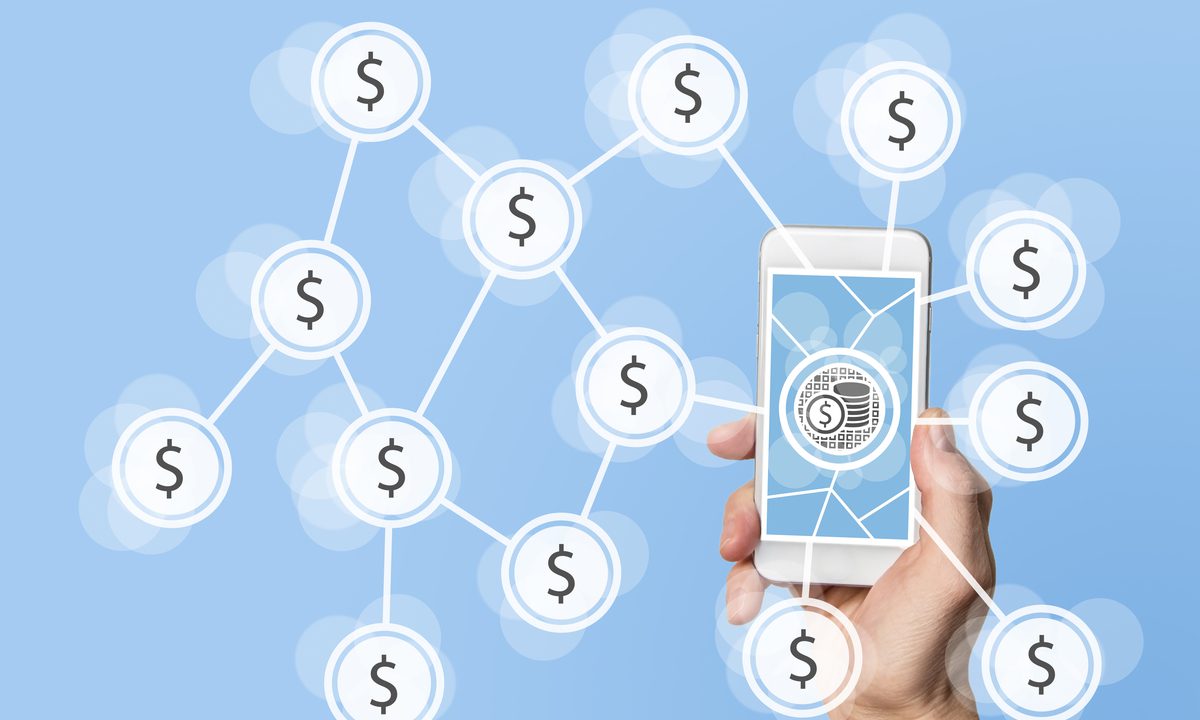The Token Economy: Can Micropayments Be More than Microsuccessful?

Last May, the Indian magazine Outlook published a very successful special edition criticizing the government’s handling of the pandemic.
There were three ways to read it: buy a physical copy, subscribe to the digital edition, or pay five to 10 rupees — then worth 6 to 13 cents — to read each of the individual articles, many by “eminent personalities” the Best Media Info reported on June 16, 2021.
The publisher reported that 35% of readers who ran into the paywall used a micropayment, bringing the publisher 20 times more than just digital ad revenue for those pages would have, it said.
The idea that the internet has created a strong economic case for micropayments of a few cents — or even fractions of a cent — to a few dollars for access for all types content isn’t a new idea.
“Annoying ads are ultimately self-defeating since people will avoid sites that do not give them a positive user experience … I predict that most [web]sites that are not financed through traditional product sales will move to micropayments in less than two years,” wrote Jakob Nielsen, principal on Nielsen Norman Group, a user experience consulting firm. In 1998.
Nor is it an outdated idea.
“Fundamental to the economic infrastructure of the Metaverse would be a seamless and high-transaction throughput financial infrastructure … We expect 24×7, always-on, instant micropayments to be the main mode of payment in the Metaverse,” said Puneet Singhvi, Citi Institutional Clients Group’s head of digital assets, in a March 2022 report, “Metaverse and Money: Decrypting the Future.”
Crypto’s Dream
Micropayments remain one of the most popular potential — as opposed to currently successful — use cases of cryptocurrencies, right up there with cross-border remittances by migrant workers.
The “why” is fairly clear. While the two biggest blockchains, bitcoin and ethereum, are so clogged, slow and unscalable that transactions fees are a few dollars and can spike far higher, most others have fees ranging from a few cents to tiny fraction of a cent.
But bitcoin can work when paired with the Lightning Network, a Layer 2 scalability “sidechain” that works on top of bitcoin, allowing far faster, cheaper transactions.
Read more: Bitcoin-Based Stablecoins Bringing Microtransaction Capacity to the Best-Known Blockchain
On April 5, Lightning released an upgrade supporting dollar-pegged stablecoins on its network, permitting low-cost mobile-to-mobile micropayments, among other capabilities.
“If I were Visa, I’d be scared, because there are a lot of people out there that have mobile phones, but now don’t need to tap into the traditional system, and then the merchants don’t need to pay the 3% fee plus 30 cents [transaction fee],” Lightning Labs CEO Elizabeth Stark told TechCrunch. “You can have fees that are dramatically lower than the legacy system.”
Read also: Bringing Bitcoin Firmly into Payments, Strike Partners with NCR, Shopify, Blackhawk
Strike CEO Jack Mallers made much the same point when he unveiled a partnership with Lightning that let him buy a Coke with a transaction fee too small to be measured in bitcoins
Who Cares?
What isn’t as clear is whether there really is a need for a technology that has been touted as revolutionary and obvious for a quarter-century without actually becoming a real thing. Certainly, plenty of companies — dozens of them — are trying.
More current players include Fewcents, Ethereum-based Brave, Stellar-based SatoshiPay and Coil on the Web3-focused Interledger.
And they are gaining some traction. Fewcents in April announced that Charleston, South Carolina’s Post and Courier newspaper had signed on, with the micropayments firm’s North American head of business development, Sanjeev Menon, claiming that 10 to 50 times as many readers are willing to pay for individual articles as will subscribe.
“We are thrilled to be able to offer would-be readers another way to explore our news stories,” said P.J. Browning, publisher of Post and Courier. “Fewcents gives us a way to provide more flexibility for visitors to our site.”
Beyond Blockchain
What’s also less clear is if cryptocurrencies are needed to make stablecoins a reality, particularly as real-time payments rails become more widely available.
Citi’s metaverse report pointed out that unlike current payments rails, “open-banking and real-time payment solutions, such as Unified Payment Interface (UPI) in India, provide effective in-country solutions.”
In an April 2021 report focusing on the way India’s demonetization gave digital payments new momentum, consulting giant PwC said that as far back as 2017, the average size of UPI transactions dropped 50% over the previous year, “primarily due to the growth in the number of UPI-led micropayments post demonetization.”
Central bank digital currencies (CBDCs) or privately issued, fiat-pegged stablecoins “could also provide tokenized alternatives better suited as internet-native value transfers,” the report said, adding that CBDCs would need to be cross-border compatible to working the metaverse.
It concluded, “decentralized crypto is a better fit for the Open Metaverse.”
Whether that’s the case in the real world is another question.
Sign up here for daily updates on all of PYMNTS’ crypto coverage.
